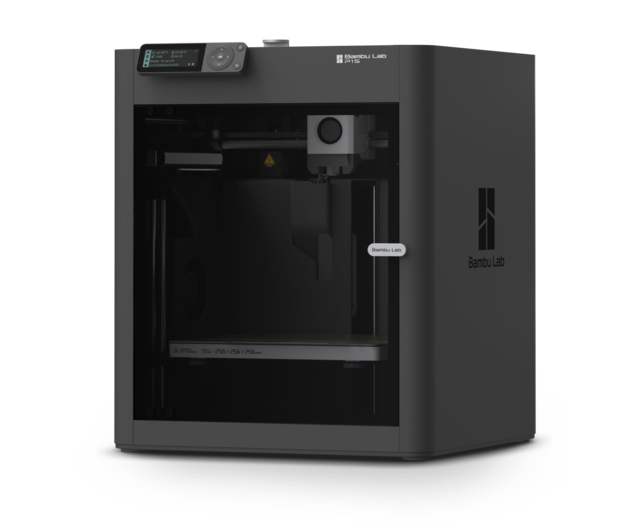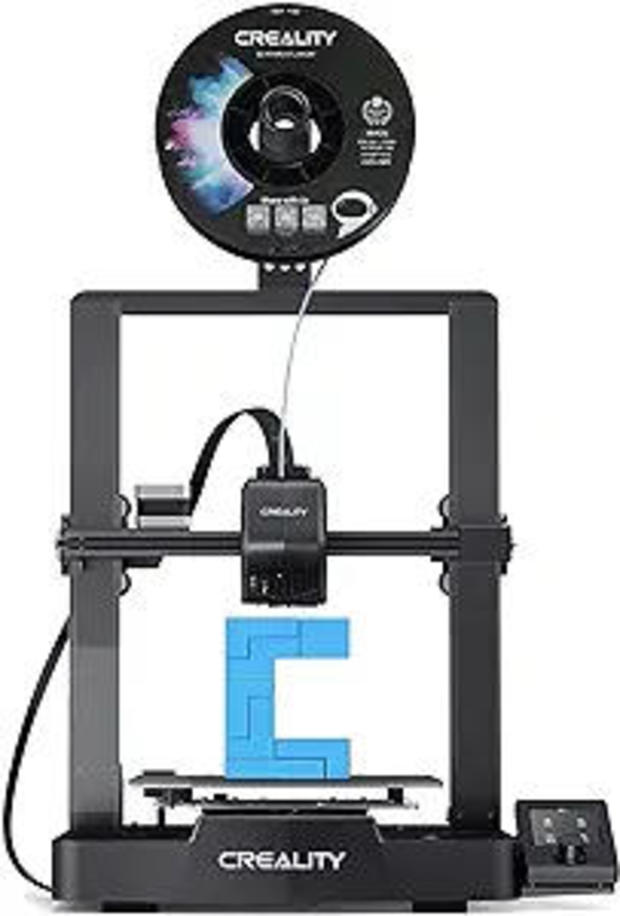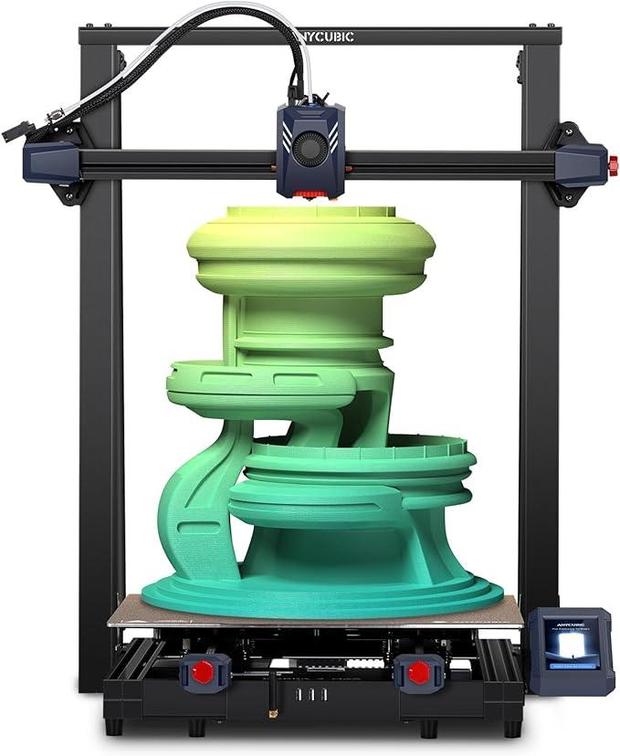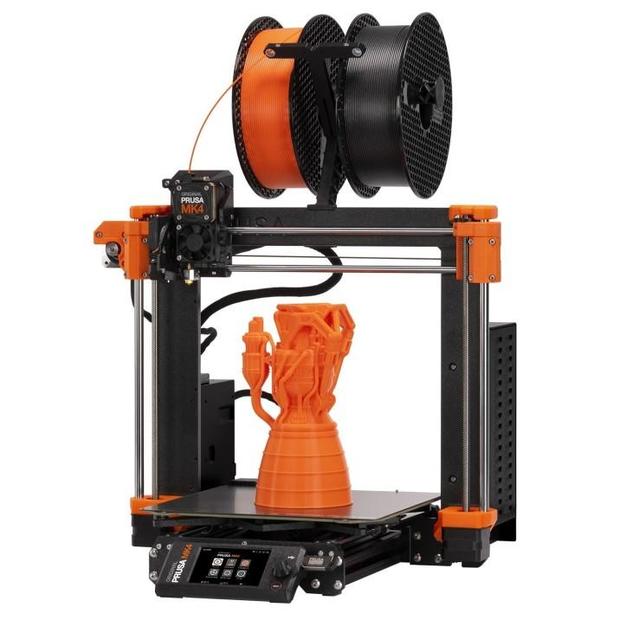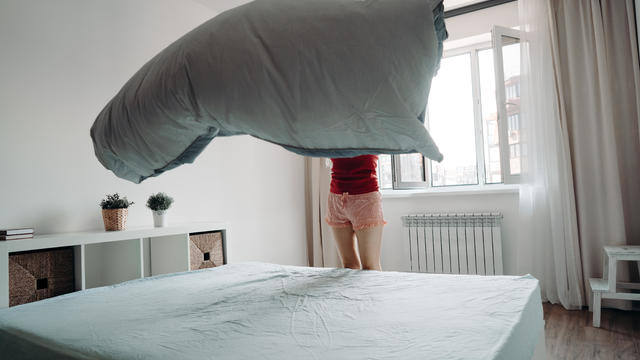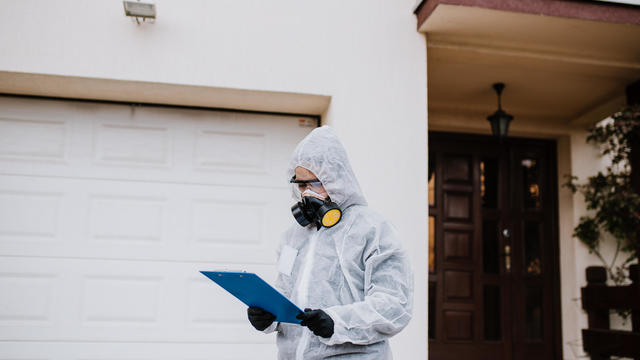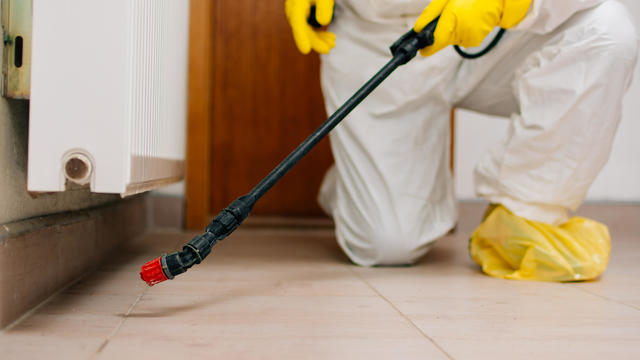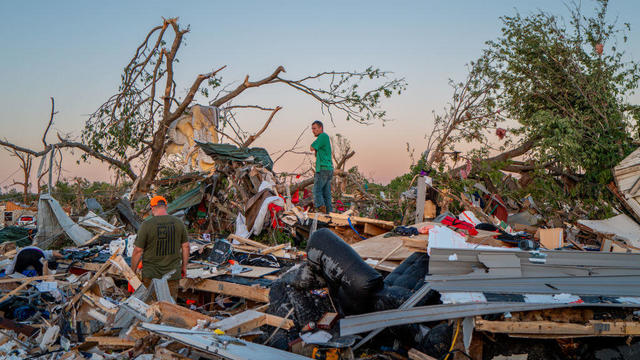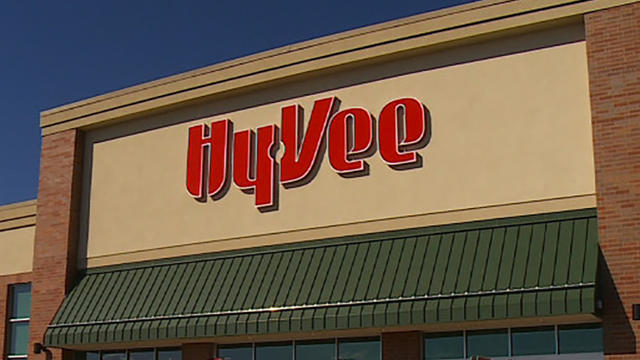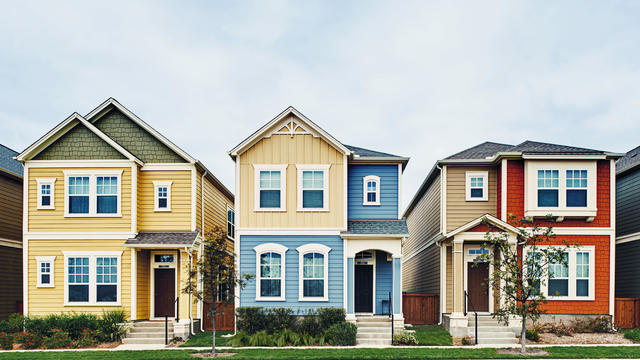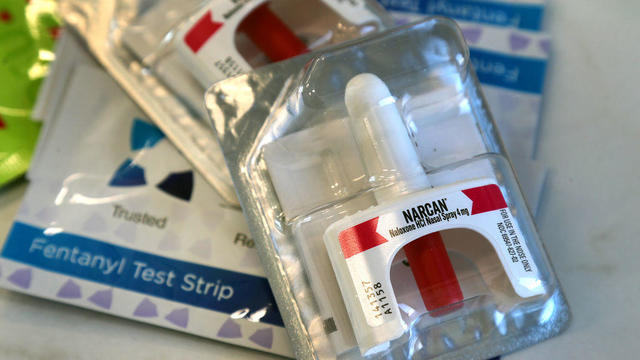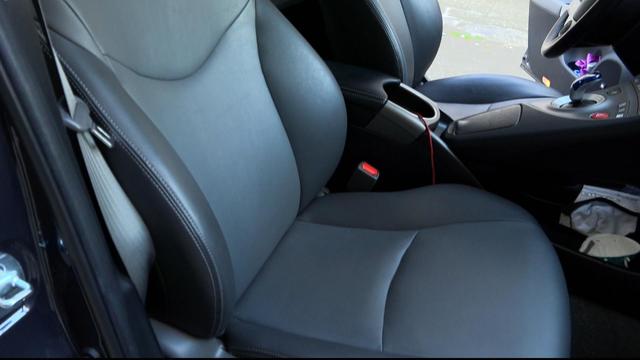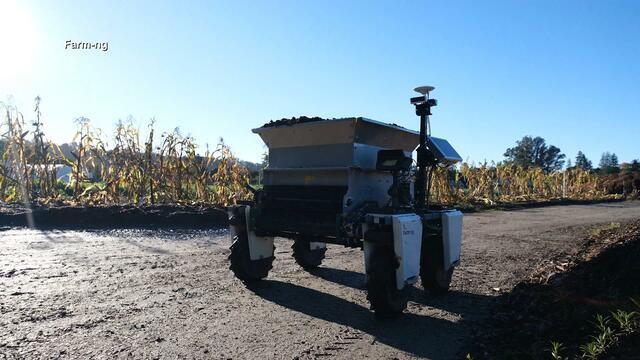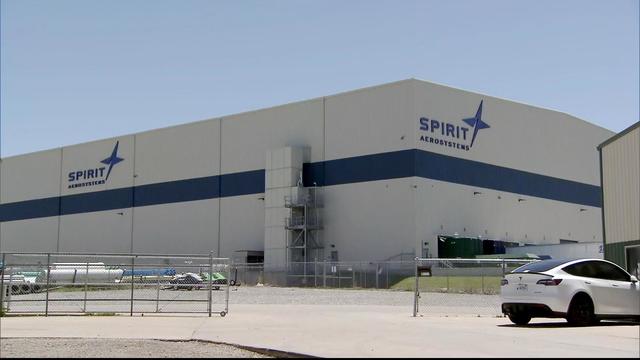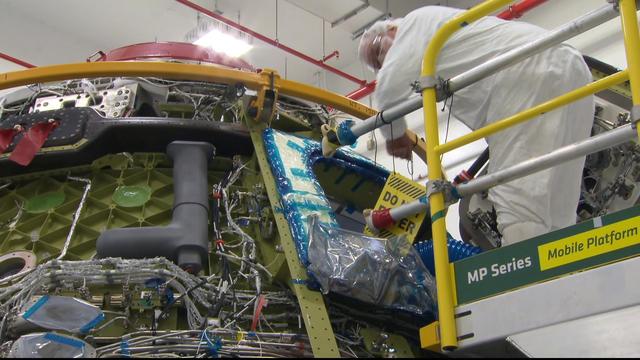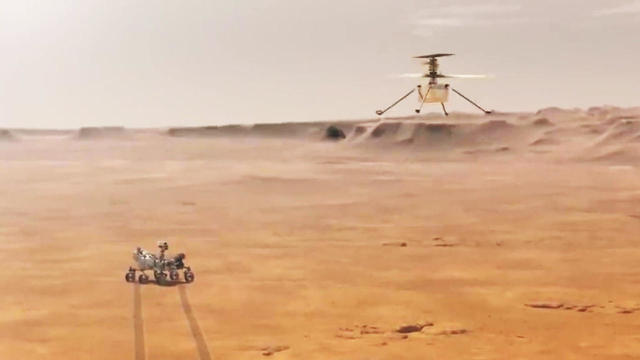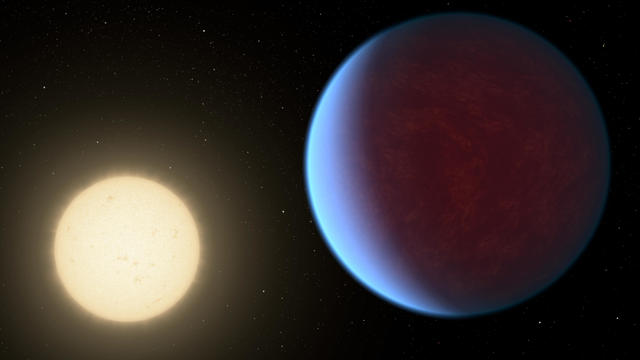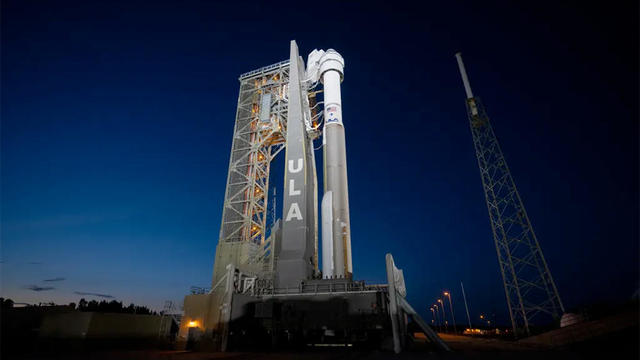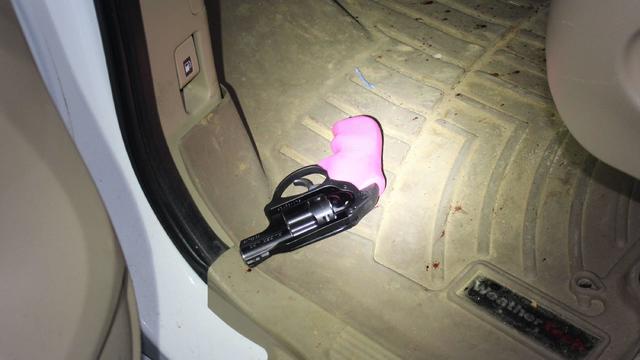Best 3D printers in 2023 according to our tech experts
While a traditional inkjet printer is designed to print in full-color on paper and other paper-based media (like labels, envelopes or photo paper), a 3D printer is able to create three-dimensional objects using a special material. This material is most commonly derived from plastic, although higher-end models can use metal, carbon fiber and various resins as well.
Thanks to recent advances in technology, the price of some 3D printers have dropped to the point where they're affordable for in-home user and are able to work in conjunction with Windows or Mac-based computers. A home 3D printer can create objects for use in a homes, like replacement cabinet knobs, power outlet covers, or coat hooks for a wall. Some home 3D printers, like the Toybox 3D printer (one of our top picks), are ideal for kids and can be used to create simple toys, figurines, or action figures.
The best 3D printers for every budget and skill level
Our team of tech experts have compiled this roundup of the best 3D printers suitable for home use. Of course, there are many more expensive models used by businesses and product developers in conjunction with computer aided design software (CAD) to fabricate everything from prototype car parts to prosthetics.
Best home 3D printer overall: Bambu Lab P1S
Technology: FDM (Fused deposition modeling) | Build Volume: 256 x 256 x 256 millimeters | Connectivity: Wi-Fi, Bluetooth, microSD card
The Bambu Lab P1S is a more advanced 3D printer that's suitable for home use. It can be set up in under 15 minutes and offers an enclosed-body for high-temperature filament printing. The unit also has a handy built-in camera for remote monitoring. The P1S is able to print in up to 16 colors using four stacked AMS units. Although only one AMS unit that holds four color filaments comes with the printer. Additional units are sold separately.
Other features of the P1S include a filament run-out sensor, direct-drive extruder, 0.4mm nozzle (with a 0.2mm, 0.6mm and 0.4mm nozzle sold separately) and semi-automatic belt tensioning. The P1S syncs wirelessly with the Bambu Studio software or Bambu Handy mobile app.
The P1S works with PLA, PETG, TPU, PVA, PET, ABS, ASA filaments. Compared to Bambu's lower-end P1P, the P1S uses a more powerful cooling solution and an auxiliary part cooling fan for cooling prints. There's also a chamber regulator fan to stabilize the inner chamber temperature and a control board fan to assist in cooling the control board. The P1S comes equipped with an activated carbon filter to provide an odor elimination solution for printing filaments, such as ABS, that are prone to emitting harmful gasses during the printing process.
What we like about the Bambu P1S: It offers quick and easy setup and works with a variety of filament types and colors.
Best budget 3D printer: Creality Ender 3 V3 SE
Technology: FDM (Fused deposition modeling) | Build Volume: 8.66 x 8.66 x 9.84 inches | Connectivity: SD memory card
Ideal for the first-time 3D printer user, the Creality Ender 3 V3 SE is an affordable option that uses auto-leveling and auto filament loading and unloading. It takes the average user less than 20 minutes to assemble the printer, have it auto-level and then load the filament so it's ready to start printing. This printer is designed to work with PLA, PETG and flexible TPU filaments and offers a maximum print speed of 200mm per second.
While anyone can create their own models to print, the Creality website offers dozens of free 3D models to get someone started. The Ender 3 VE SE comes with a 0.4mm nozzle preinstalled. File transfer between the computer and the printer is done using an SD memory card. This printer works with Windows, MacOS or Linux and supports the Creality Print, Cura 5.0 (or newer) and Simplify3D applications.
What we like about the Creality Enter 3 V3 SE: This is an affordable 3D printer with a speed up to 250mm/second. The auto-leveling feature ensures consistently good build quality and accuracy.
Best 3D printer for kids: Toybox 3D printer
Technology: FFF (Fused Filament Fabrication) | Build Volume: 2.76 x 3.15 x 3.54 inches | Connectivity: Wi-Fi
Don't let this device's name fool you. Yes, it's suitable for use by younger people without adult supervision, but it's certainly not a toy. The Toybox 3D printer is a full-featured 3D printer that comes preinstalled with more than 500 "recipes" for creating various types of toys, with many more available for download. It comes with eight colored filament rolls. Because the printer connects directly to the Internet and has a full-color touchscreen, it can be used without a computer or mobile device.
When shopping for replacement PLA filament, in addition to standard colors, a variety of compatible, multicolored, 1.75mm, glow in the dark filaments are sold separately in a four pack ($40). The printer uses only non-toxic filament materials. While the build area is somewhat small, the one-touch operation and access to more than 2,000 toys recipes and the ability for someone to create and print their own designs makes this a perfect way to introduce young people to 3D printing at home.
Thanks to this 3D printer's database of "recipes," a user simply needs to choose the one they want to create, load the printer with the appropriate filament and then press the Print button. Since additional toy recipes are added every week, there's always something new for your child to experiment with using this printer. There's also a Creator Space mobile app that allows kids to create their own designs and then watch them come to life in a 3D form when they're printed.
What we like about the Toybox 3D printer: This is an easy-to-operate 3D printer that a young person can use without adult supervision to create their own small toys. It works with pre-created recipes or a mobile app that allows a child to create and print their own designs.
Best 3D printer for beginners: Anycubic Kobra 2 Max
Technology: FDM (Fused deposition modeling) | Build Volume: 16.5 x 16.5 x 19.7 inches | Connectivity: Wi-Fi
What we like most about the Anycubic Kobra 2 Max 3D printer is that it offers an extra large build volume (16.5 x 16.5 x 19.7 inches) and a relatively fast maximum print speed (up to 500mm per second). This 3D printer relies on a Cortex-A7 1.2GHz processor that allows it to handle calculations and execute commands up to 10x faster than most consumer-level 3D printers.
The Anycubic Kobra 2 Max uses a direct extruder and a dual-motor dual-Z-axis motion structure that have been perfectly optimized for the extrusion and cooling systems. This allows it to efficiently and accurately deliver materials, allowing for quick melting and cooling. The result is smooth operation and fewer visible layer lines.
The Anycubic mobile app is used to control the 3D printer and offer remote video monitoring of the printer's progress. The app also gives users access to a library of free 3D models that are ready for printing. The printer itself has a 4.3-inch full-color touchscreen. Users will appreciate the Kobra 2 Max's 88L printing volume, fast printing speed and LeviQ 2.0 auto-leveling system. It works with PLA, TPU, ABS and PETG filaments.
What we like about the Anycubic Kobra 2 Max: Between its print speed and built volume, this is an extremely versatile, yet easy-to-operate 3D printer that's designed for home use.
Best premium 3D printer for creating large objects: Ultimaker S5 3D printer
Technology: FFF (Fused Filament Fabrication) | Build Volume: 12.99 x 9.45 x 11.81 inches | Connectivity: Wi-Fi, Ethernet, USB
Designed for more advanced users, the Ultimaker S5 3D printer is a premium model that works with Windows and Mac-based computers. It allows for dual extrusion for creating multi-material prints. The integrated heated bed automatically smooths prints and allows for ABS printing, while the print core system allows for the simple swapping of hot ends.
This 3D printer is designed to work seamlessly with a variety of filament types, including PLA, Tough PLA, Nylon, ABS, CPE, CPE+, PC, TPU 95A, PP, and PVA. It also works with NylonX and Ultrafuse stainless steel. Compatible filament diameter is 2.85mm. Three of the free computer applications it works with are UltiMaker Essentials, Cura Slicer and Cura Connect. The printer itself has a 4.7-inch color touchscreen display. While suitable for home use, it's also suitable for professional, industrial and educational use. This is definitely the most feature-packed and advanced 3D printer featured in this roundup.
Among its many features, users will appreciate the automatic bed leveling, swappable print cores, large print volume and onboard camera (used to remotely monitor the printer's progress).
What we like about the Ultimaker S5 3D printer: While expensive, this is one of the more advanced 3D printers you can get for less than $10,000.
Best 3D printer for serious hobbyists: Prusa MK4
Technology: FDM (Fused deposition modeling) | Build Volume: 9.84 x 8.3 x 8.6 inches | Connectivity: Ethernet, Wi-Fi, USB
By combining high-speed performance with safety features and straightforward operation, the Prusa MK4 is a reliable workhorse for serious 3D printing hobbyists. The Loadcell sensor allows for a smooth first layer with no manual adjustments needed. You also get remote printing capabilities, quick-swap nozzles and an updated (customizable) user interface that allows for one-click printing. Maximum print speed is 600mm per second.
The Prusa MK4 supports a variety of 1.75mm filament types, including PLA, PETG, Flex, Nylon, ASA, PVA, PC, PP, composites and more. The printer's 3.5-inch color LCD screen makes it easy to navigate your way around the user interface and control the printer locally. Using Prusa Connect, the MK4 can be controlled remotely via the Internet. A variety of free 3D models for creating household items, for hobbyists and manufacturing are available. The printer is advanced enough to be used for architecture, design, education, prototyping and production.
What we like about the Prusa MK4: It's a powerful and versatile 3D printer. A variety of accessories, including an enclosure and the MMU3 (for multicolor printing using up to five filament colors) are also available, but sold separately.
Related content from CBS Essentials
- Best wireless printers in 2023 let you print using your phone and computer
- Best rugged laptops of 2023: Take your laptop where no computer has gone before
- Best portable monitors for laptops: Instantly boost your productivity anywhere
- The best laptops in 2023
- Best laptops under $500
- The best gaming computers for 2023
- Best folding smartphones in 2023: Samsung, Google, more
- Best Chromebooks in 2023

